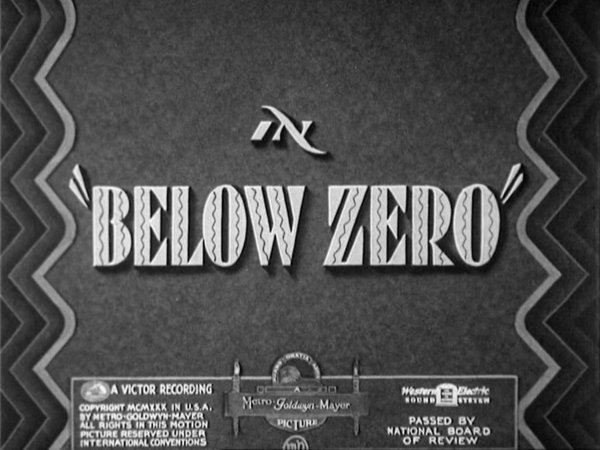
Below Zero
 |
Available on DVD:![Laurel & Hardy: The Essential Collection (RHI Entertainment, 2011) [USA]](web_images/dvd-the_essential_collection.jpg)
![Laurel & Hardy: Saps At Sea and 'Music' Shorts (Vol. 11) (Universal, 2004) [UK]](web_images/dvd-l_h11.jpg)
![Dick & Doof: Das Große Geschäft & Unter Null U.A. (Kinowelt, 2009) [GERMANY]](web_images/dvd-dick-doof_collection_3-9.jpg)
![Laurel & Hardy: Das Große Geschäft & Unter Null & Der Zermürbende Klaviertransport (Kinowelt, 2004) [GERMANY]](web_images/dvd-kinowelt2.7.jpg)
![Laurel & Hardy: La Collection En DVD Vol. 38 (GE Fabbri) [FRANCE]](web_images/dvd-french_38.jpg)
![Laurel & Hardy: Talkies 1 (Universal/Benelux, 2004) [NETHERLANDS]](web_images/dvd-universal_benelux__dutch__talkies_1.jpg)
|
|
• See also Tiembla y Titubea
|
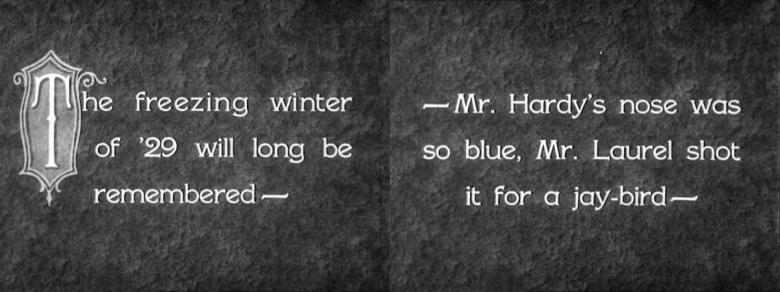
|
As the snow falls, Stan and Ollie are busking on the street in the cold directly outside the local Deaf & Dumb Institute. With no luck they decide to move down the street and pitch up outside the Chop Suey Palace where warm air is coming up thought a vent in the sidewalk. They begin to play again, with Stan on accordian whilst Hardy twangs a double bass guitar but this time they are paid to move to another street by an annoyed woman from an upper storey window. With arctic tempartures and a blizzard sweeping across the street, Stan and Ollie try a third location and start their rendition of "In The Good Old Summer Time". Actually, they're not bad, but this time they earn the wrath of snowshoveller Charlie Hall, who launches a snowball at Hardy in an unprovoked attack. Defiant, the boys carry on with their song and a second snowball is sent their way. A 'blind' beggar then stumbles upon them and robs the boys of their only takings of the day when he picks up their dollar coin from the road. Then, in an outrageous show of over-reaction, both the boys down tools temporarily to get even with a pigeon who has dropped an egg into their collection cup. As they violently launch snowballs at the poor bird up on a ledge they manage to hit the tenant (Baldwin Cooke) square in the face as he opens his window at that precise moment. He responds with a wayward snowball of his own which misses the boys by a mile and ends up in the milk bucket of a beefy-looking woman (Blanche Payson) who is about to enter her house. This act of provocation leads to the destruction of both the boys' instruments (the accordian ends up under a passing truck in the road and the bass over Ollie's head with some force). |
|
Their luck does change for the better (it would appear) when Stan spots an open wallet containing money on the ground close by though this arouses the interest of a would-be mugger close-by and he soon gives chase before they all end up in a heap around the corner, falling through a shop window and sending an patrol cop flying. The cop takes the side of the boys when they complain they were being chased and advises them to be careful of pickpockets in the area. As a token of their appreciation, they offer to buy the officer some food at a nearby diner. The cop introduces Stan and Ollie to his friend, the owner Pete (Tiny Sandford appearing in his second 'talkie' with the boys) and the three of them sit down to enjoy a steak meal. Soon after a commotion is heard as a diner is evicted rather unceremoniously from the restaurant for not paying his bill, which prompts Ollie to make sure they still have their new-found cash available so that they don't get a repeat of what they just witnessed. Foolishly Stan reveals the wallet to be that of the officer whom they have treated to the meal and it isn't long before they are accused of thieving the money. The owner is informed and Stan and Ollie are thrown out - Ollie into the middle of the street and Stan in a barrel of water, upside down. In the last scene Ollie shows some affection towards Stan's predicament when he grabs a piece of wood and tries to gain access to the diner to get his friend back, but is shocked to see his pal in the barrel and the water gone. A shot of Stan's perfectly beachball round stomach supposedly containing the water from the barrel closes the film. |
|
Favourite bit Stan and Ollie sitting in the diner waiting for their 'turn'. |
| Trivia • Copyrighted April 14, 1930. • Also filmed in Spanish as Tiembla y Titubea. • The colour version of the film completely cuts out the introduction between the boys and Pete (Sandford) in the restaurant, and the subsequent ordering of the food. This is a massive chunk of footage! • The first line of dialogue comes from Oliver Hardy, "We've been playing here for two hours and haven't made a dime! I think we'd better find another spot." • For some unknown reason, Hardy is reminded of Florida when they set up outside the Chop Suey Palace. • The lady at the window refers to Hardy as "Mr. Whiteman". This is a reference to Paul Whiteman, bandleader, composer and violinist (b. 1890 - d. 1967). My opinion • It's difficult to see this early talkie as a L&H classic, it lacks pace and stretches the two reels to get to its conclusion, but it does have some of the most memorable scenes, such as the fight in the street with the angry Blanche Payson; the snowball in the face courtesy of Charlie Hall and the ending with Stan's overstretched stomach. |
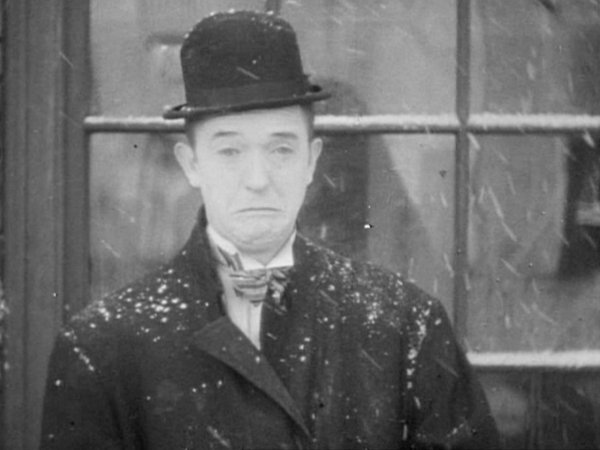 |
Stan Laurel Stan |
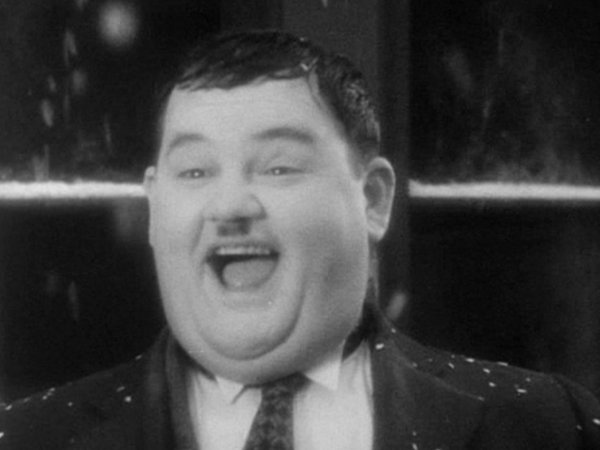 |
Oliver Hardy Ollie |
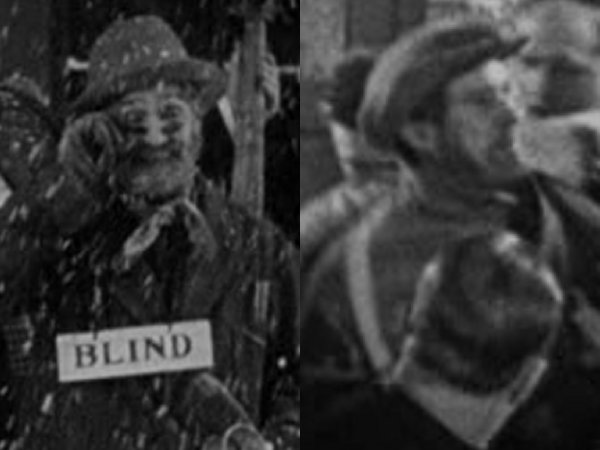 |
Bobby Burns 'Blind' man/Deadbeat diner |
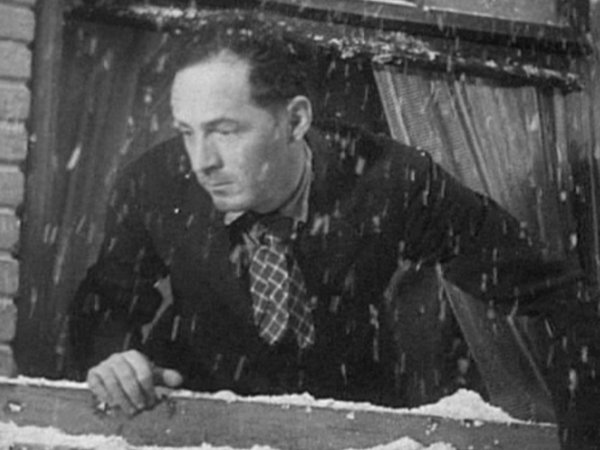 |
Baldwin Cooke Man at window |
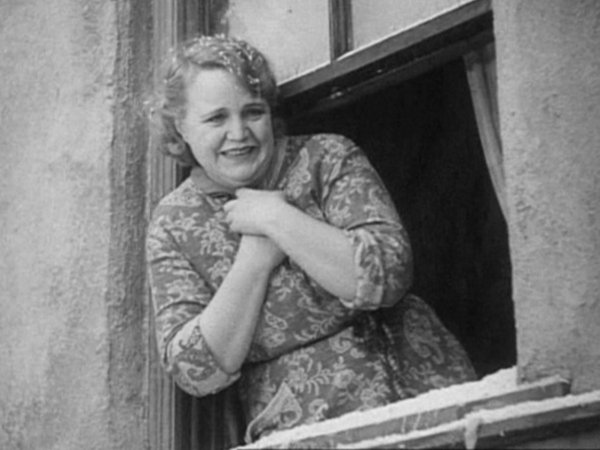 |
Kay Deslys Woman at window |
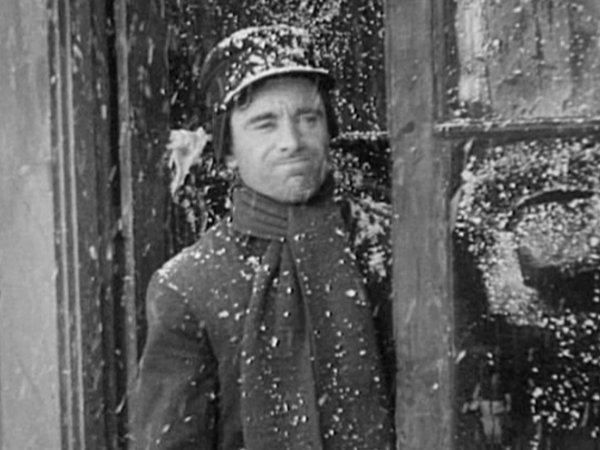 |
Charlie Hall Annoyed shopkeeper |
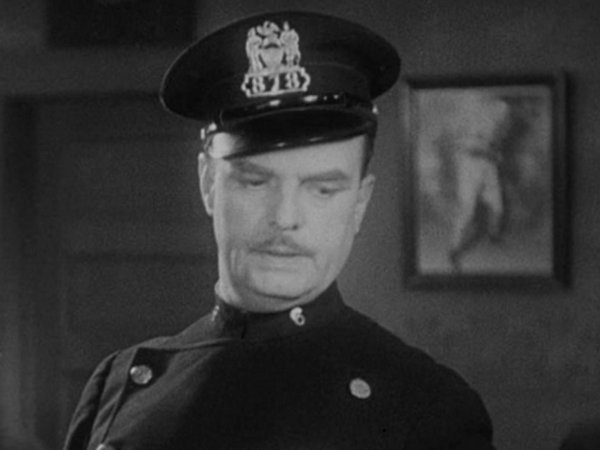 |
Frank Holliday Frank, the cop |
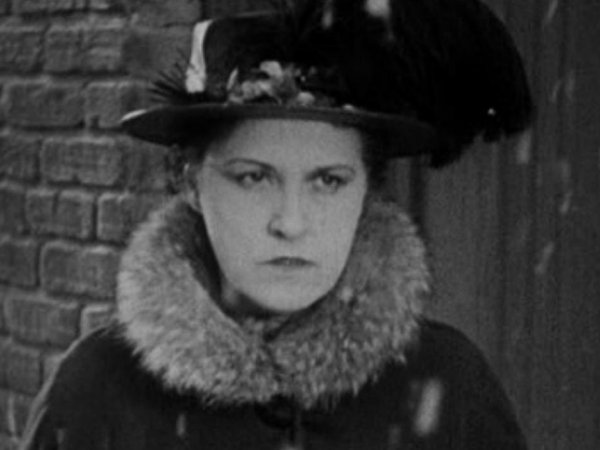 |
Blanche Payson Formidable woman |
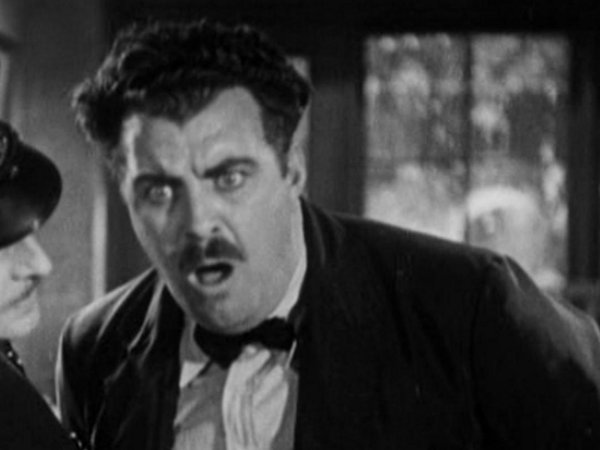 |
Tiny Sandford Pete |
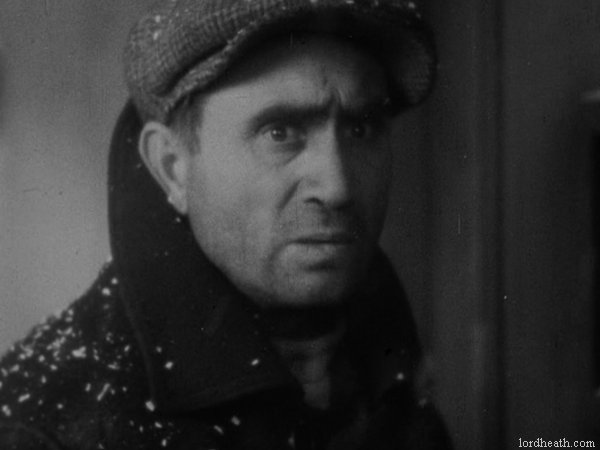 |
Leo Willis Crook |
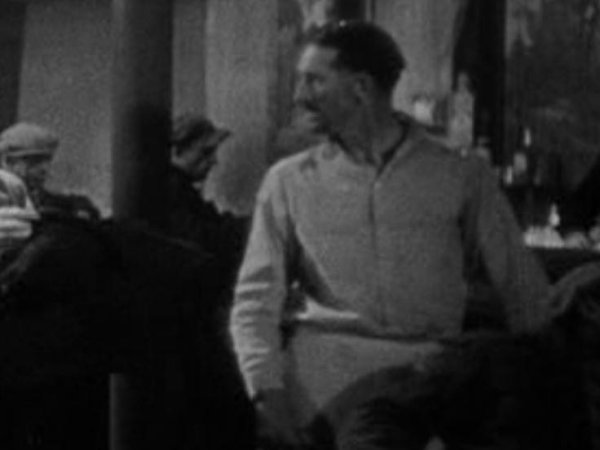 |
Jack Hill Waiter who throws Stan's coat on the floor |
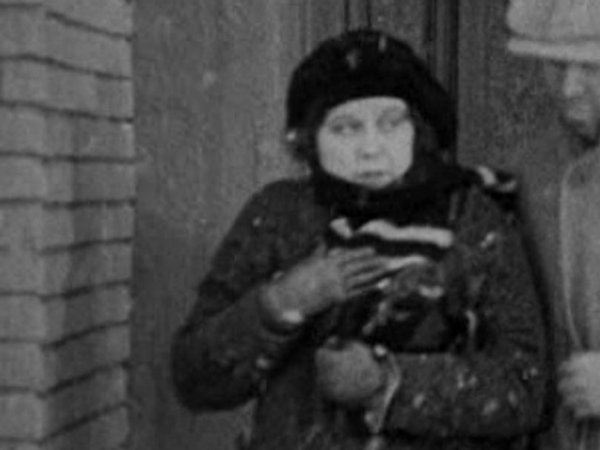 |
Lyle Tayo Woman coming out of institution |
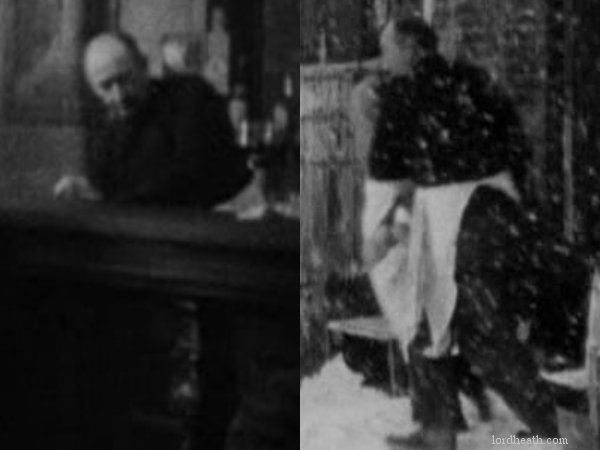 |
Robert Page Bartender |
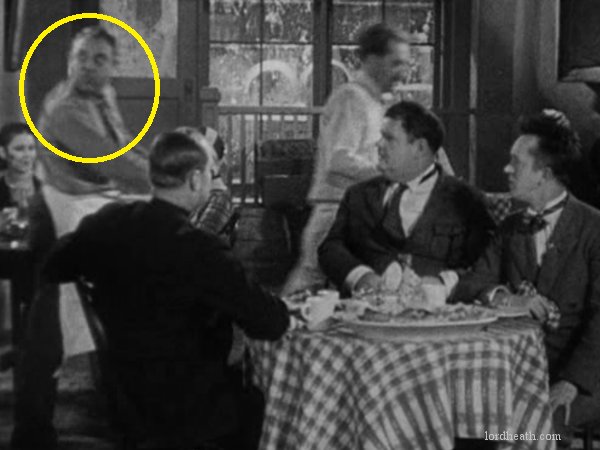 |
Skeets Noyes Café employee |
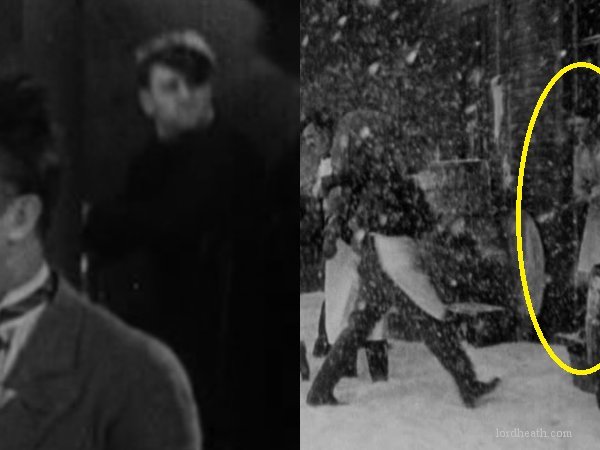 |
Cy Slocum Café patron/employee |
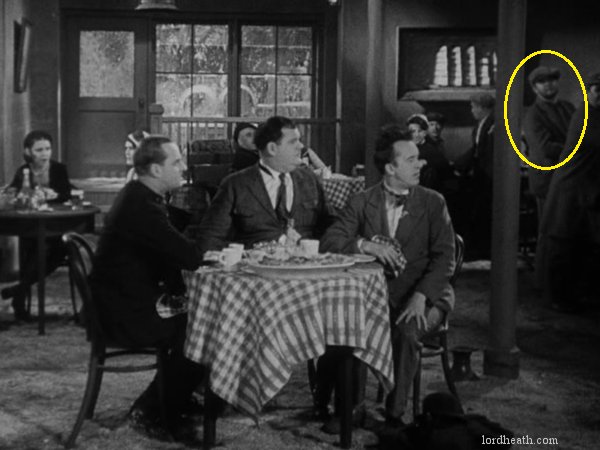 |
Bob Minford Café patron |
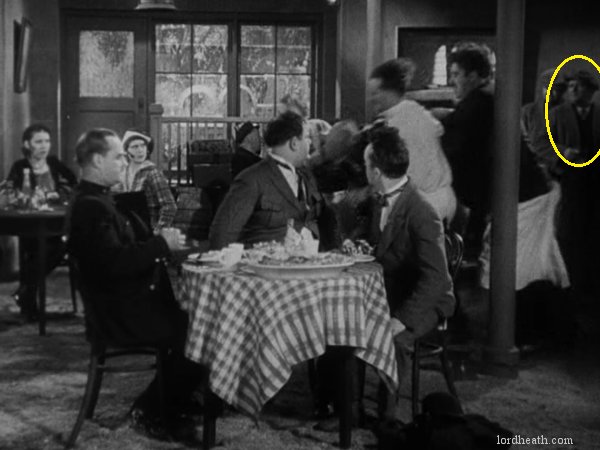 |
Leo Sulky Café patron |
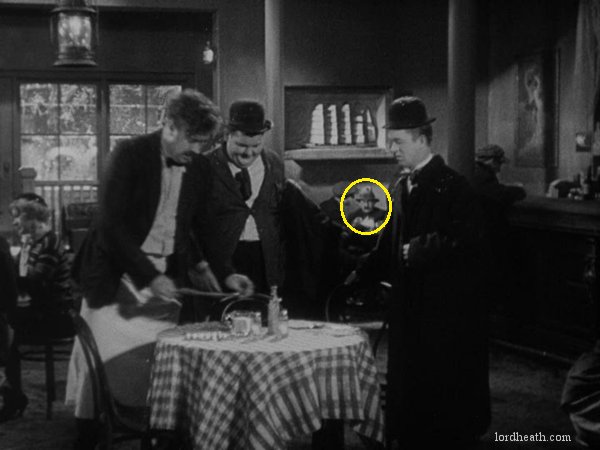 |
Sammy Brooks Café patron |
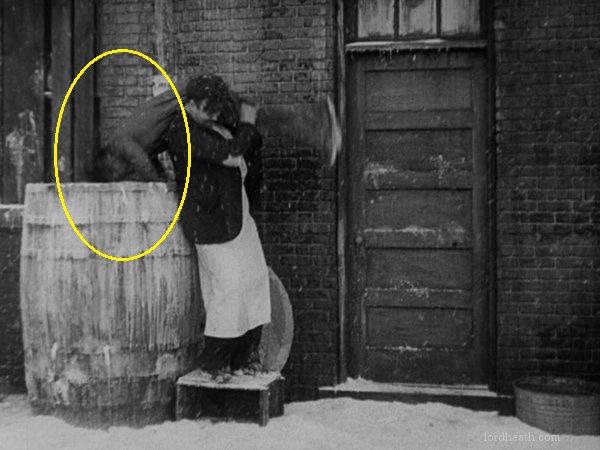 |
Chet Brandenburg Stan Laurel's stand-in |
Retta Palmer [?] |
![[Unidentified] in Below Zero (1930)](web_images/unknown_1___below_zero.jpg) |
UNIDENTIFIED Restaurant worker |
| CREDITS (click image to enlarge) |
 |
| STILLS (click any image to enlarge) 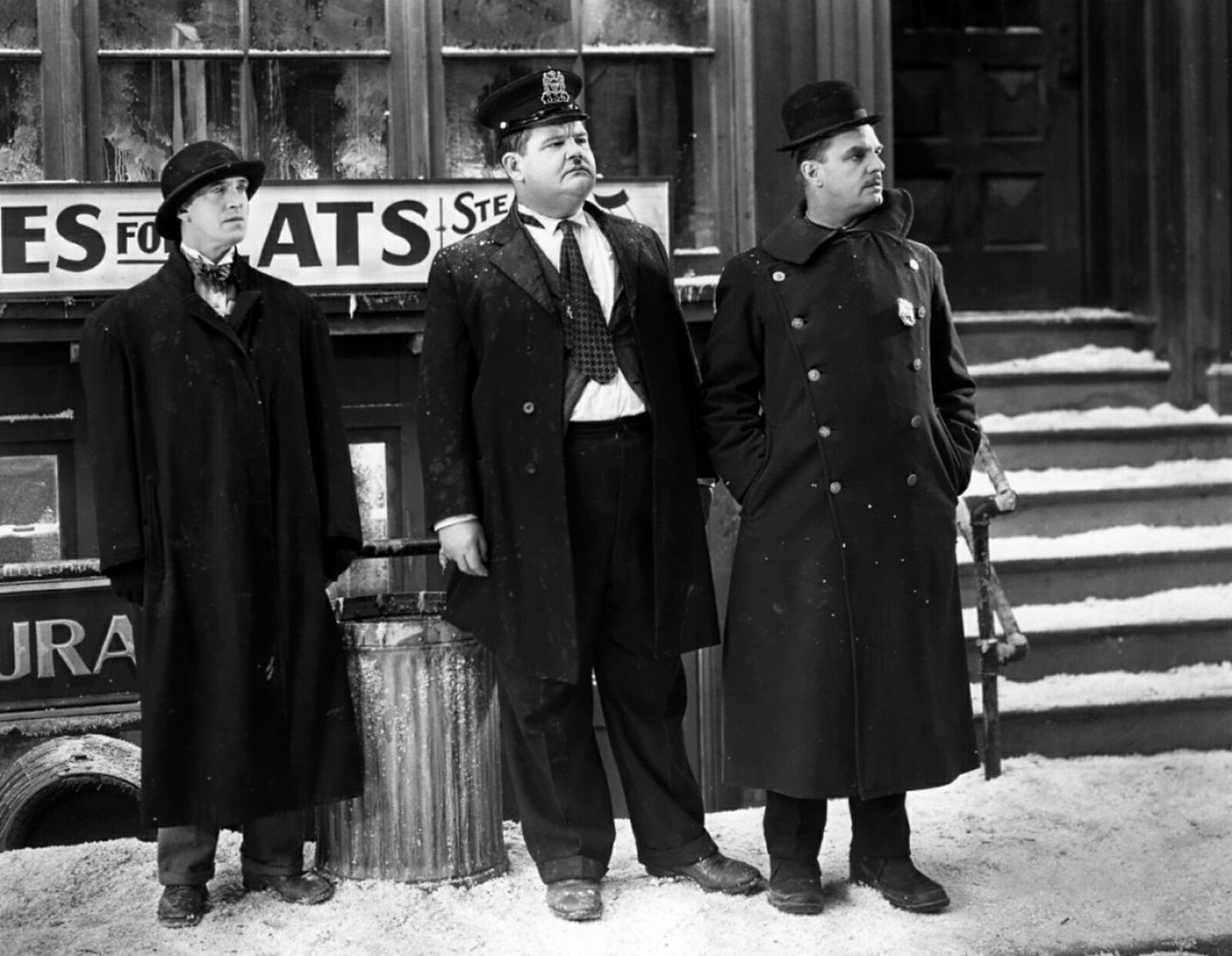
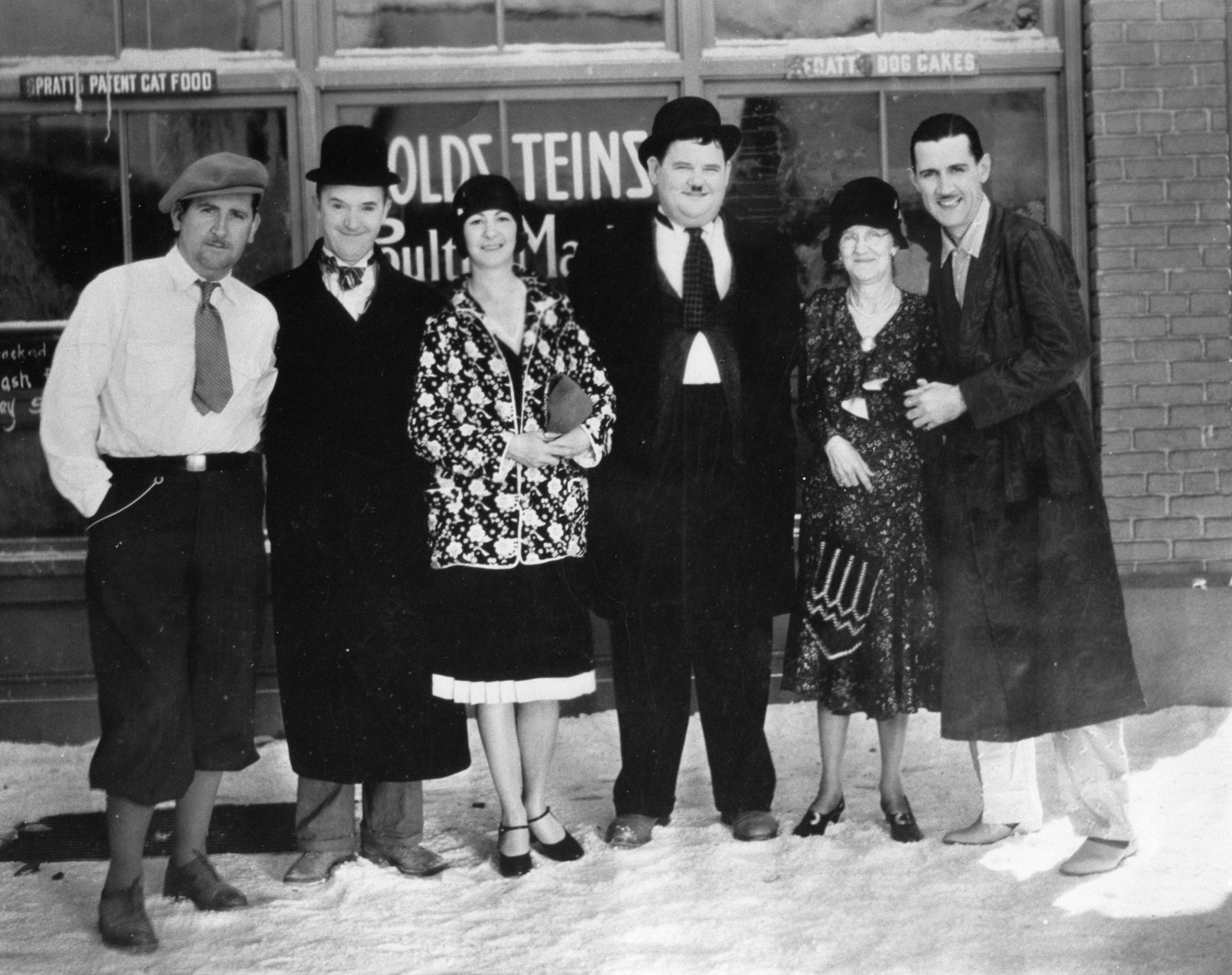
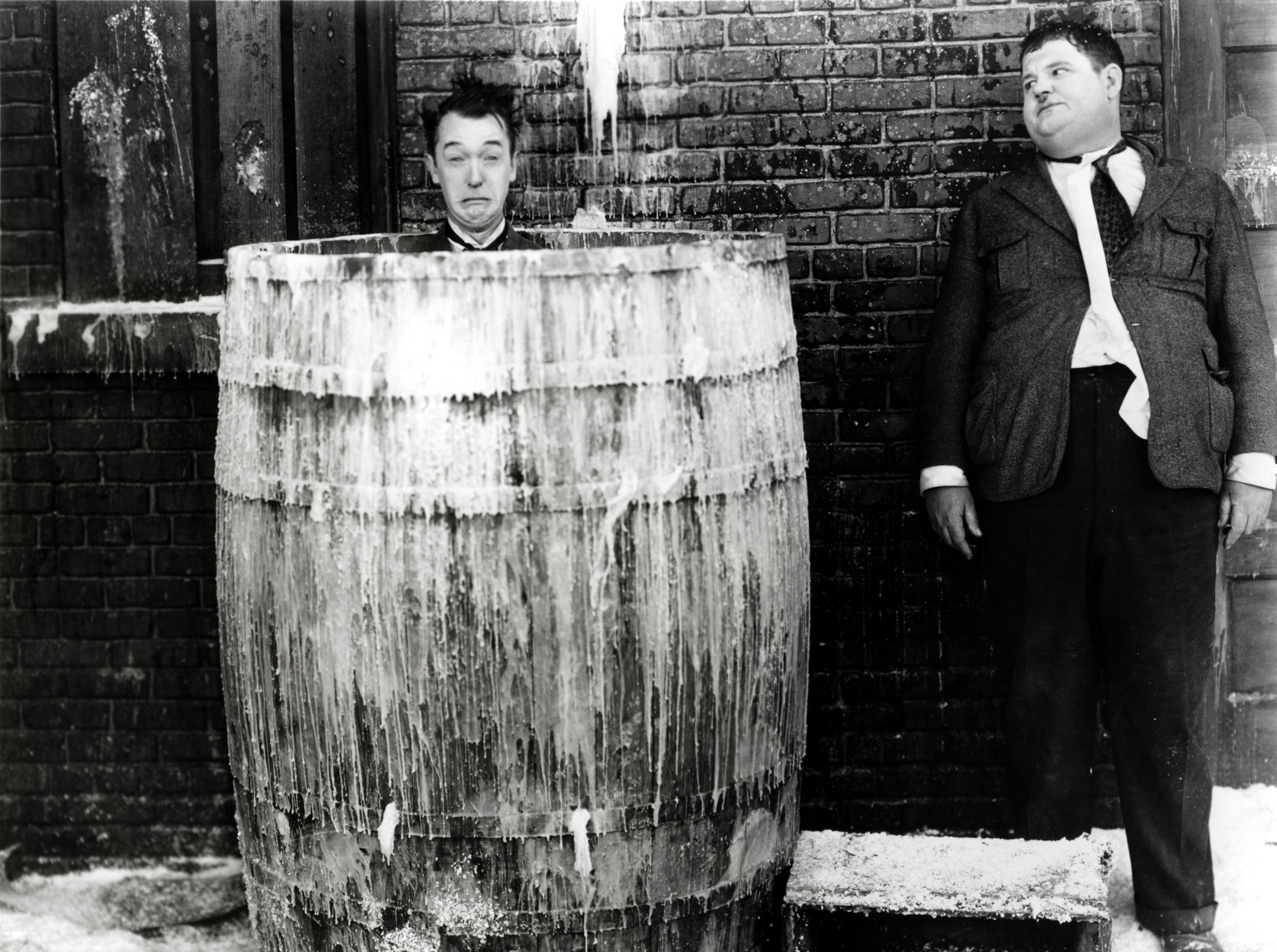 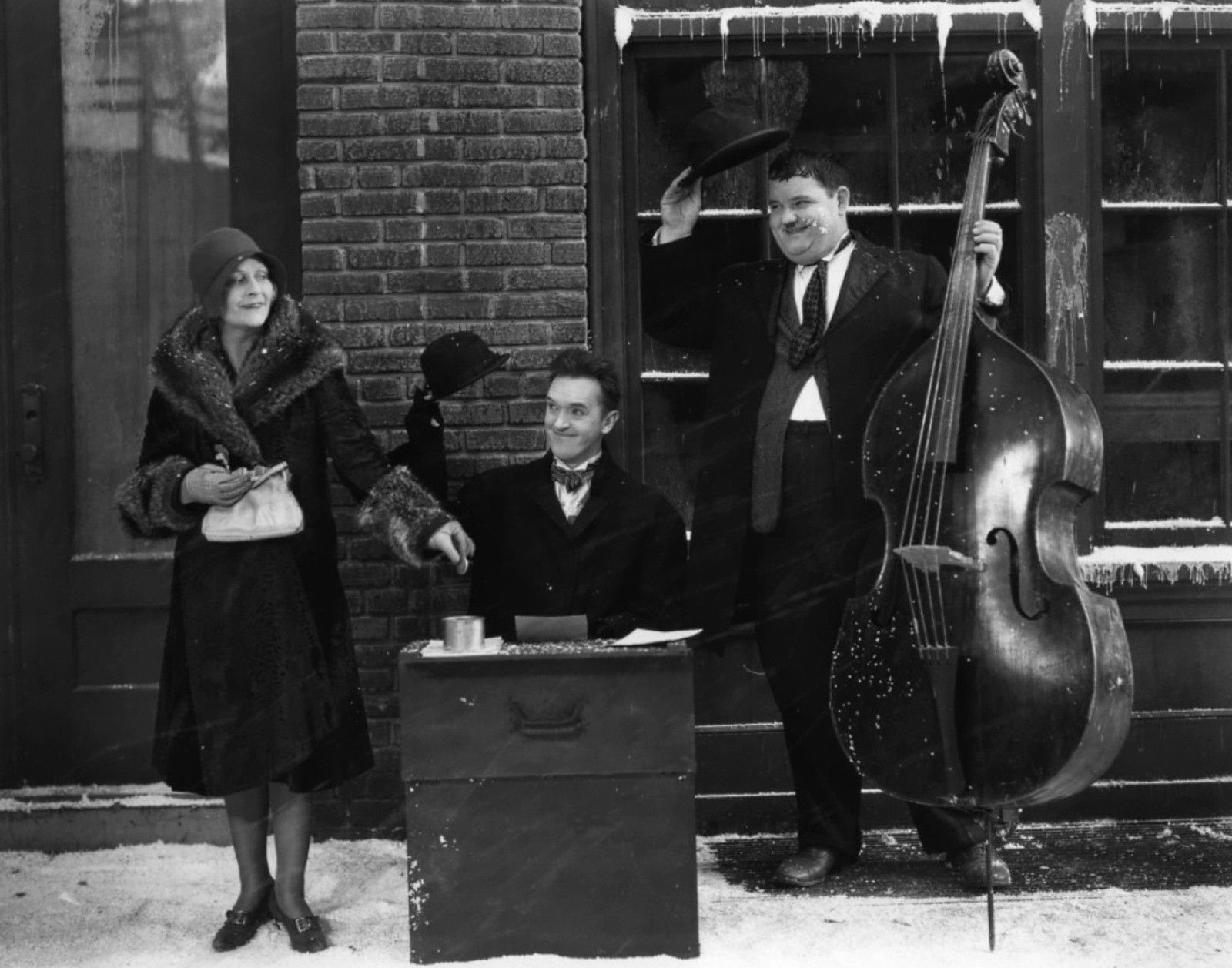
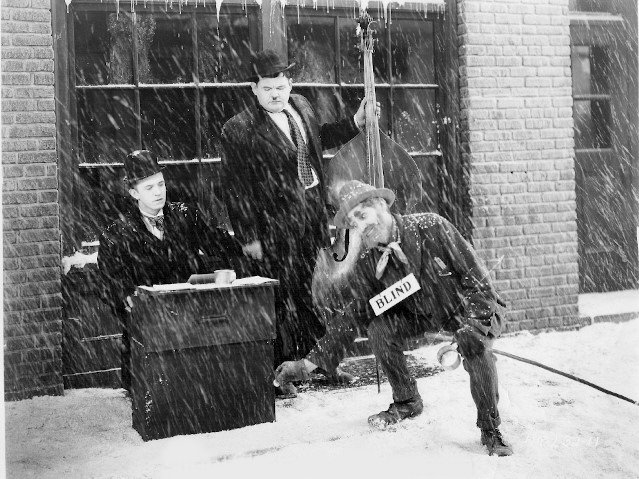
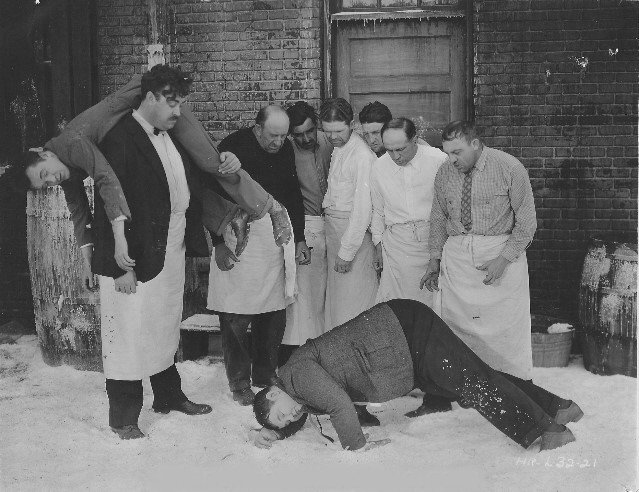
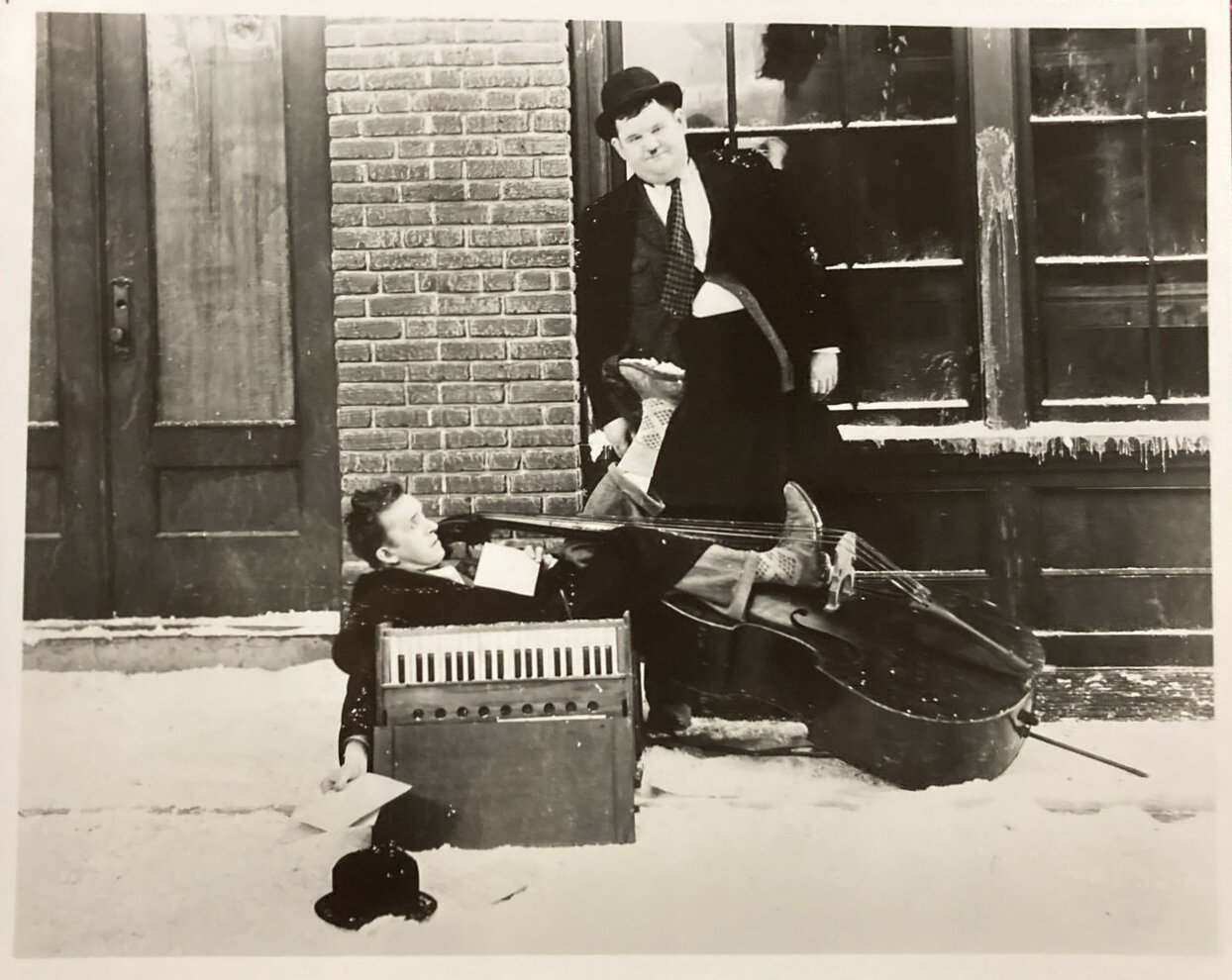
|
| SHOT ON THE BACK LOT (click any image to enlarge) 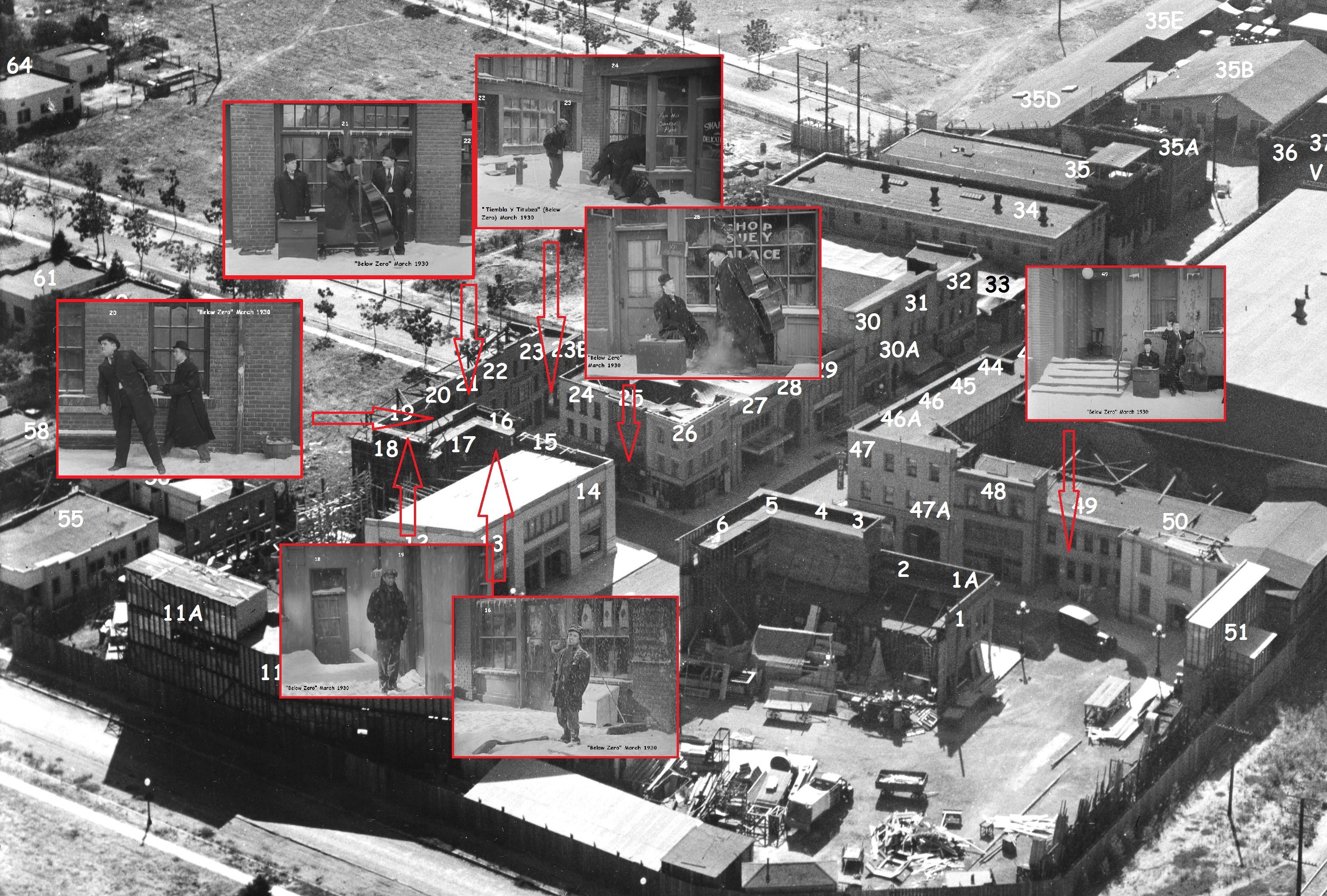 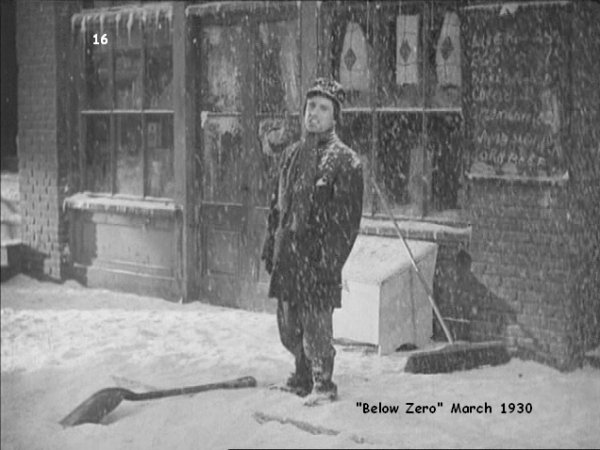
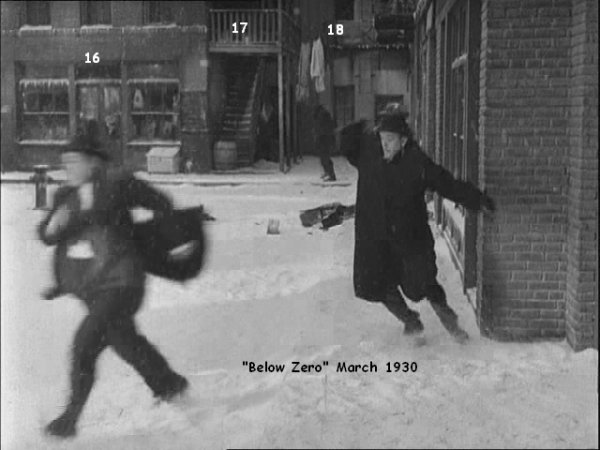
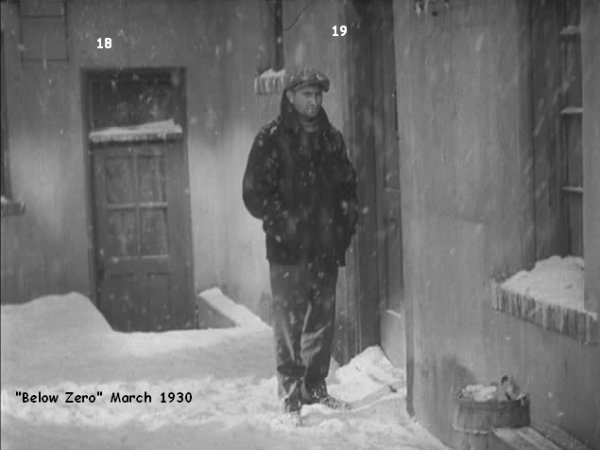
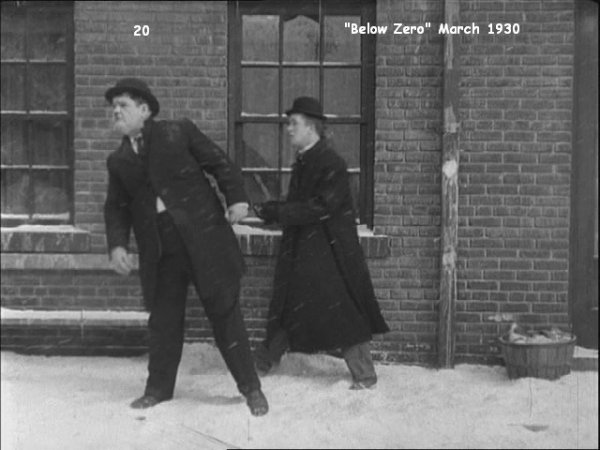 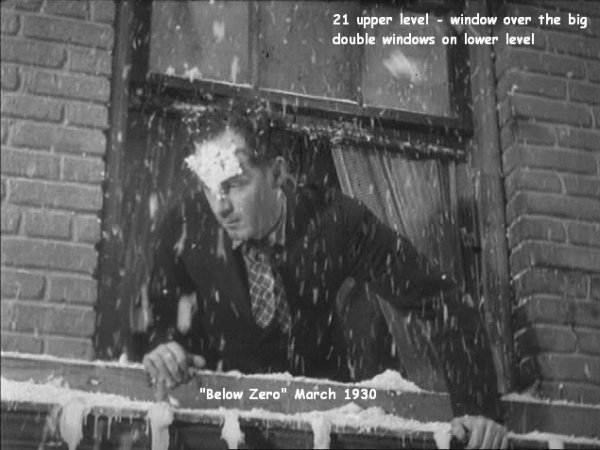
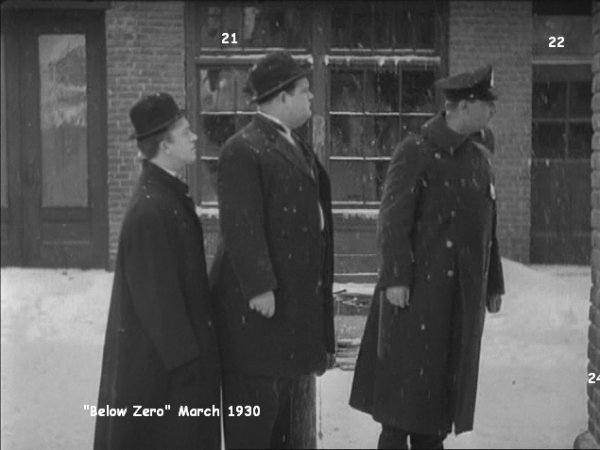
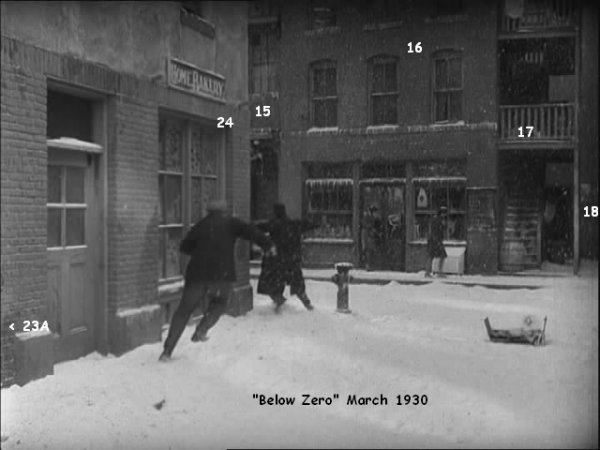 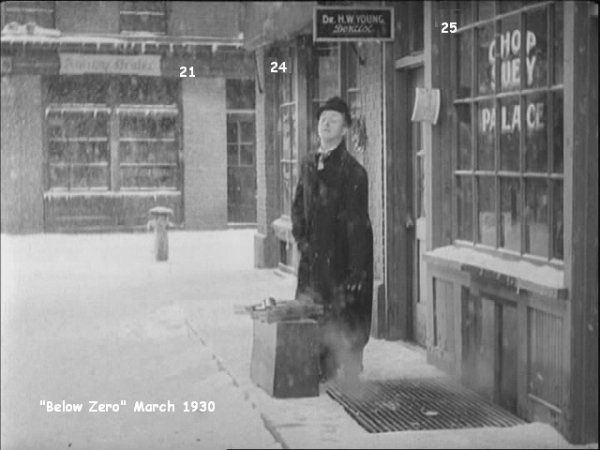
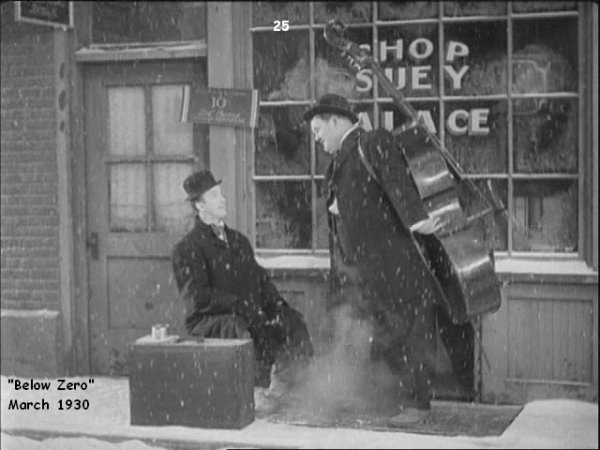
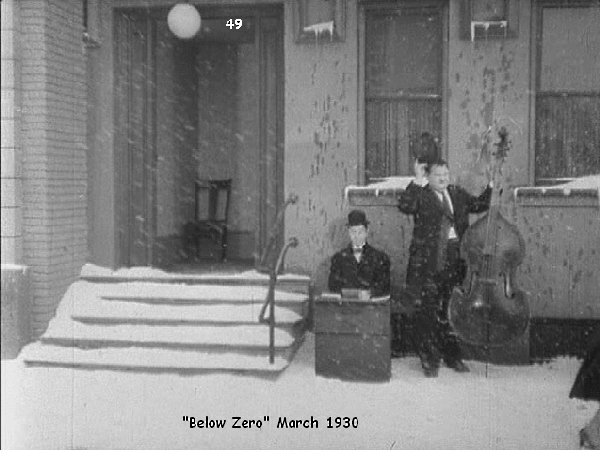
|
| Acknowledgements: Laurel And Hardy: The Magic Behind The Movies by Randy Skretvedt (book) http://www.silentfilmstillarchive.com/below_zero.htm (2 stills) Jim Dallape (back lot images) Jesse Brisson (identification of Sammy Brooks, Bob Minford, Leo Sulky, Cy Slocum, Chet Brandenburg, Robert Page, Skeets Noyes) This page was last updated on: 24 October 2023 |